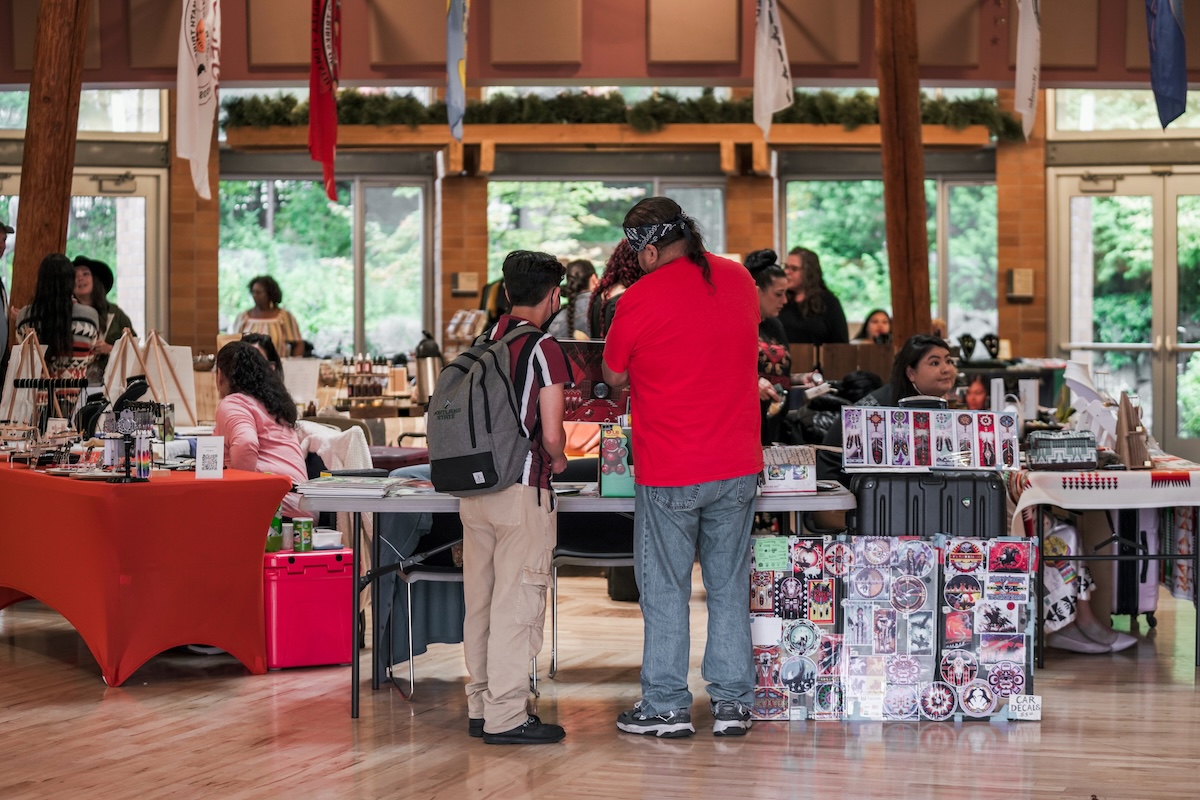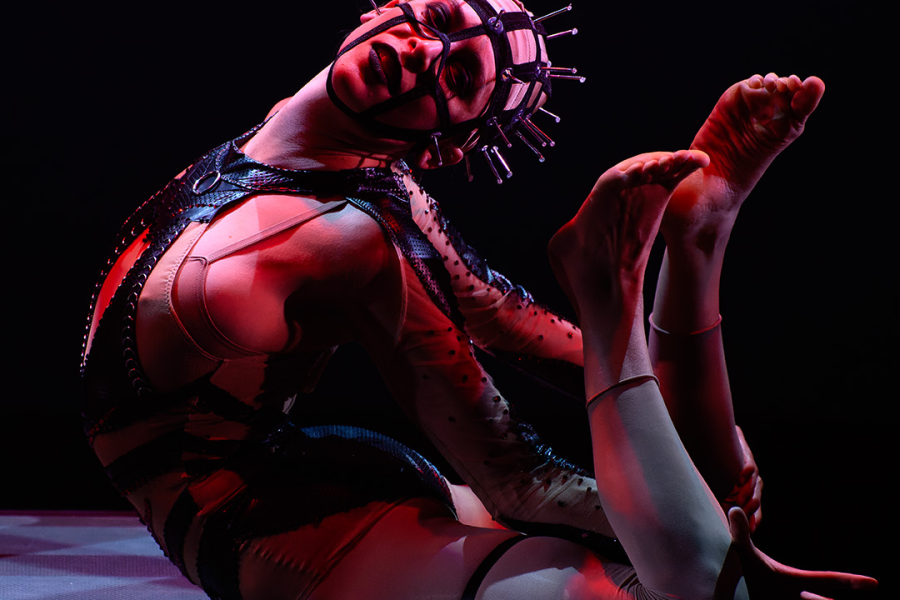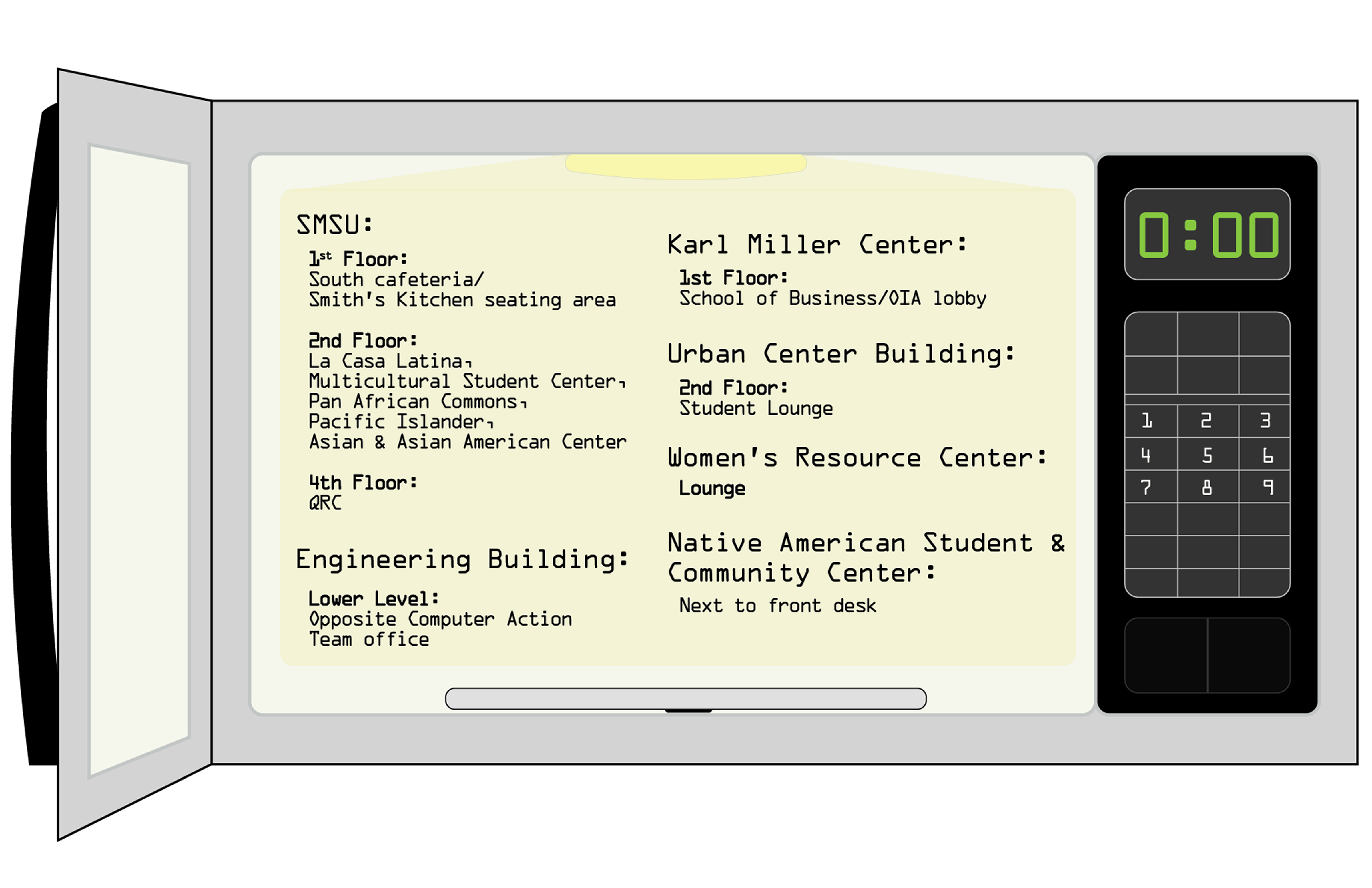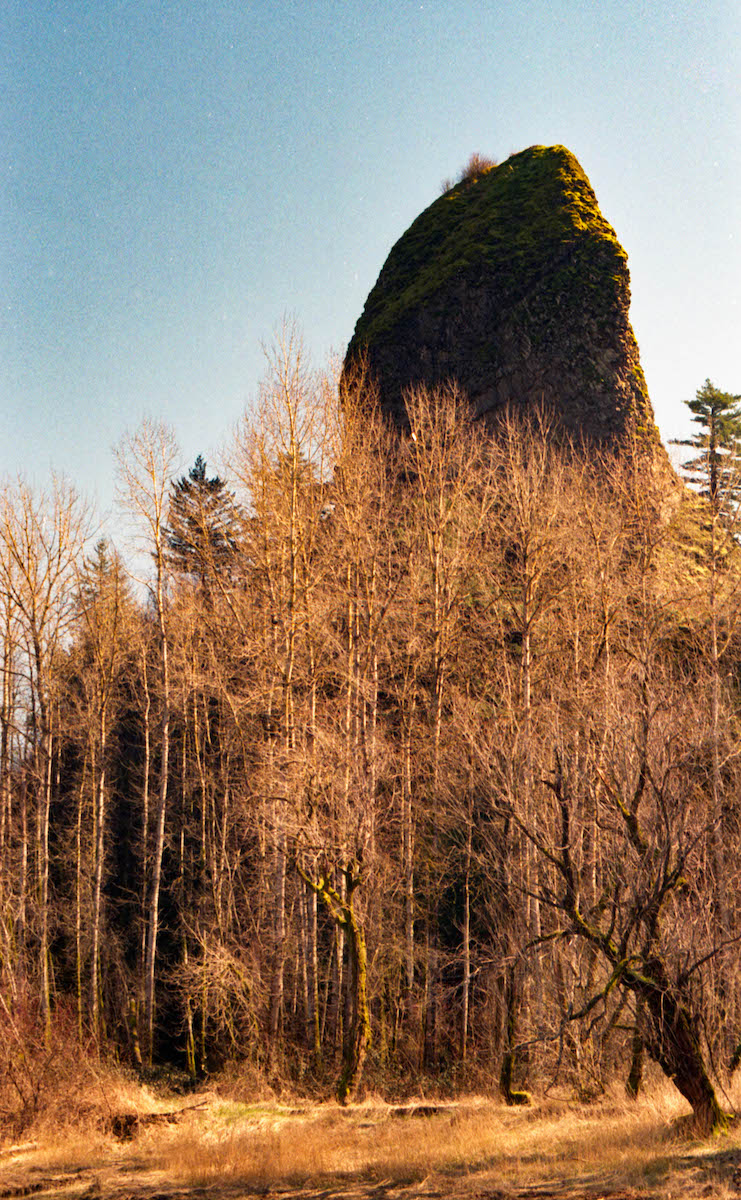Indigenous Peoples’ Day—celebrated on Oct. 9—is “a day to celebrate who Indigenous people are,” said artist and business-owner Rebecca Kirk (Klamath and Leech Lake Ojibwe). “There was a time when we weren’t able to celebrate or practice our traditional customs, but now we’re able to and that’s a really beautiful thing,” Kirk said.
Kirk—owner of Resting Warrior Face Apparel—creates original artwork, accessories, clothing and handmade jewelry. Kirk was one of many Native vendors who gathered on Oct. 9 to form the Portland Indigenous Marketplace at the Portland State Native American Student and Community Center (PSU-NASCC).
Another vendor present there was Zani Nevayaktewa (Hopi), co-owner of a family-owned business called RRB Native, which sells handmade jewelry and specializes in beadwork, silver and gemstone adornments.
“[Indigenous Peoples’ Day] is very important—especially for my children—because growing up I didn’t get to have very much of that recognition, like seeing that in our schools or in the media,” Nevayaktewa said.
“For me, every day is a Indigenous’ Peoples Day, as weird as that sounds—just because of the nature of the work I do,” said Dr. Kali Simmons (Oglala Lakota), assistant professor of Indigenous Nations studies at PSU. “But it’s nice to have a federally-recognized day that invites people to hopefully educate themselves about Indigenous people more broadly… and to make connections with Indigenous people in their local community, and think about who are the traditional people of the lands that you’re living on.”
The Portland Indigenous Marketplace is one such opportunity for connection. This event is held in various locations around the Portland area and will return to PSU-NASCC on Nov. 24–26.
Lluvia Merello (Quechua, Andean/Inca)is the founder of Portland Indigenous Marketplace. Merello organized this community of Indigenous and Black artisans in order to support “Indigenous artists and entrepreneurs by providing barrier-free, culturally respectful spaces that encourage cultural resilience and economic sustainability.”
The marketplace relies primarily on grants, donations and volunteers to maintain itself. There is no fee for artisans to sell, but vendors must meet two requirements. First, they must offer handmade products. Second, “if you’re making culturally specific items, we really are very specific that you have to be from that culture,” Merello said. “For us it’s important that you know where your Indigeneity comes from.”
“When I went to other events that weren’t culturally specific, I would maybe be the only one of two vendors that were Indigenous or even people of color at events,” Merello said. “It was really a night-and-day experience… when I was having a better time at an event and felt supported and in community.”
Merello began organizing the marketplace in response to a lack of entrepreneurial opportunities for Indigenous communities in Portland. “Before [COVID-19], there were probably 12–14 annual events that local Native artists could count on happening every year… and I was like, ‘That’s not enough…’” Merello said. “Folks really are trying to build a business and they just need more exposure.”
Aside from the marketplace, Portland has other opportunities to engage with Native histories and cultures. For example, PSU-NASCC organizes various festive and educational events every year. As Native American Heritage Month approaches, the PSU Indigenous Nations studies department has collaborated with two local theaters to host Native-centric film screening events. The first of these on Oct. 23 will feature the 2023 historical drama Killers of the Flower Moon, followed by the horror-thriller film Clearcut on Nov. 4.
Additionally, the Center for Native Arts and Culture in Southeast Portland hosts workshops, artist talks and exhibition spaces “to strengthen Native communities and promote positive social change with American Indian, Native Hawaiian and Alaska Native peoples in the United States,” according to its website.
This center represents one of many instances in which stolen land has been returned to Native ownership, fulfilling the LandBack movement. Initially owned by Yale Union, the $5.36 million building was donated to the Native Arts and Culture Foundation in 2020. This movement is not metaphorical, theoretical or unprecedented.
“It is the reclamation of everything stolen from the original peoples: land, language, ceremony, food, education, housing, healthcare, governance, medicines, kinship,” the official LandBack manifesto states.
While this type of reconciliation is still hindered by performative land acknowledgments, unfulfilled treaties and hollow apologies, the LandBack movement continues to gain ground. It represents a materialization of support and respect for Native Nations and Native sovereignty.
“If you are a settler and you have large tracts of land—especially if that land is located near traditional food sites, traditional sacred sites, places like that—how can you make those spaces available to the communities who traditionally do ceremonies or collect food or collect medicines there?” Simmons said.
“When we talk about LandBack, the first thing that people think about is ‘my private land’, which we are talking about, but actually the preponderance of public lands are owned by places like the Bureau of Land Management,” Simmons said.
“In Oregon, there’s lots of public lands managed by the Bureau of Land Management that could perhaps instead be returned to the ownership of tribes so that they could have stewardship over it instead,” Simmons said. “Currently the Pacific Northwest has 16.1 million acres of public lands that are managed by [the Bureau.] And so, hey, let’s start there.”
Here in Portland, many opportunities exist to redistribute resources more equitably to Indigenous communities. For example, at PSU equitable funding does not even reach students who are Native to the land on which the university stands.
“I think every PSU student who is aware of our land acknowledgment and aware that we resided on the traditional homelands of the Chinook people should be supporting the Chinook’s efforts to reclaim their federal recognition status,” Simmons said.
“A significant thing that’s impacting them at PSU is that they don’t qualify for the Oregon Tribal Grant,” Simmons said. “And so even though we’re literally on their homelands, and we’re offering federal benefits to other Indigenous students here, we are not offering federal benefits to them.”
The U.S. as a whole has much work to do in reconciling the long histories of violence against Indigenous peoples of this land. Settler colonialism imposes even on Indigenous Peoples’ Day itself, considering it is still recognized by many states and on the federal level as Columbus day.
“I feel like there are better Italian American heroes that we could have a day [named] after than Christopher Columbus—who not only instituted a regime of genocidal violence that this continent hadn’t seen before, but that also was deeply involved in the slave trade,” Simmons said. “I also think about this as a day of solidarity too between Indigenous peoples across the globe. There are Indigenous peoples currently engaged in collective struggles for sovereignty across the world, and these problems share an origin. And we have to remember there are Afro-Indigenous people domestically and globally. The Columbus/Indigenous Peoples Day dynamic invites us to think about how these anti-colonial struggles are interconnected.”
“There is such an overrepresentation of a lot of western heroes,” Simmons said. “There isn’t a lot of mainstream representation of prominent Native people that did cool stuff. Like, you could probably rattle off a list of 50 famous white, Euro-American men. And then when it came to listing prominent Indigenous people, that would be a harder list for people to compose.”
“Equity can feel like discrimination for some people, when we’re saying, ‘Hey, let’s level the playing field and give equal representation to different communities,’” Simmons said.
“There is a long, beautiful history before Columbus or colonizers, and when we don’t include that history we’re totally erasing it,” Merello said. “We’re saying history started 500 years ago. That’s not even right.”
Settlers educating themselves about the histories and present realities of Native Nations is necessary for their proper recognition and acknowledgment. Unfortunately, mainstream education and media institutions across the U.S. largely fail to center Native perspectives to adequate degrees.
Simmons teaches a class called Intro to Native Studies. This class addresses the histories of Native Nations specific to Oregon and their forced removals, the current legal statuses of Tribal Nations and reservation lands and the abuse and murder of Native children in federally-mandated boarding schools.
Simmons conducts polls to gauge if the course content is new or familiar to students. “A lot of students reported that all of the content that I bring week to week is brand new,” Simmons said. “And that has been my experience as long as I’ve been teaching this class.”
“So there’s definitely more that can be done to integrate a really honest engagement with the history of colonization in education,” Simmons said. “Because I think a lot about like, ‘When will I stop experiencing this?’ When will I come into class and I’ll have these first three lectures and most students will be like, ‘Oh, yeah, I know all this stuff. I learned it in high school. I learned it in middle school. I learned it in elementary school…’ What would the world look like if that started to happen? Would other policies change?”
Native Americans should not have to shoulder the burden of curing non-natives’ ignorance either. “I was always called out in school for being the only Native in the classroom, and having [this] expectation from my teacher and others,” Nevayaktewa said. “That because I’m Native I know everything about all Native cultures—which is never true, because I only knew about my own tribe, and that was it. So I feel like definitely reading up on Indigenous cultures—especially in whatever state or region you’re in—learning about those local tribes [is important].”
There are many ways to celebrate and honor Indigenous Peoples’ Day. Education is undoubtedly the foundation for progress, but a partially recognized holiday must materialize as more than a gesture to truly decolonize this land.





